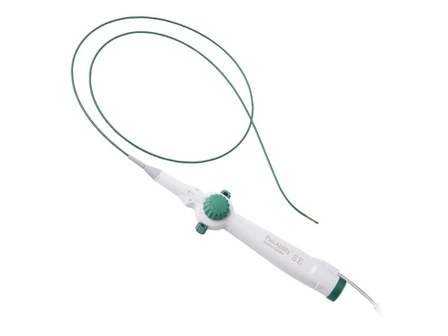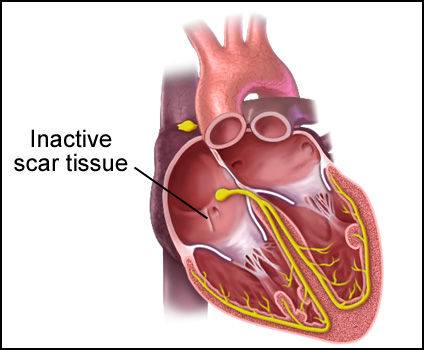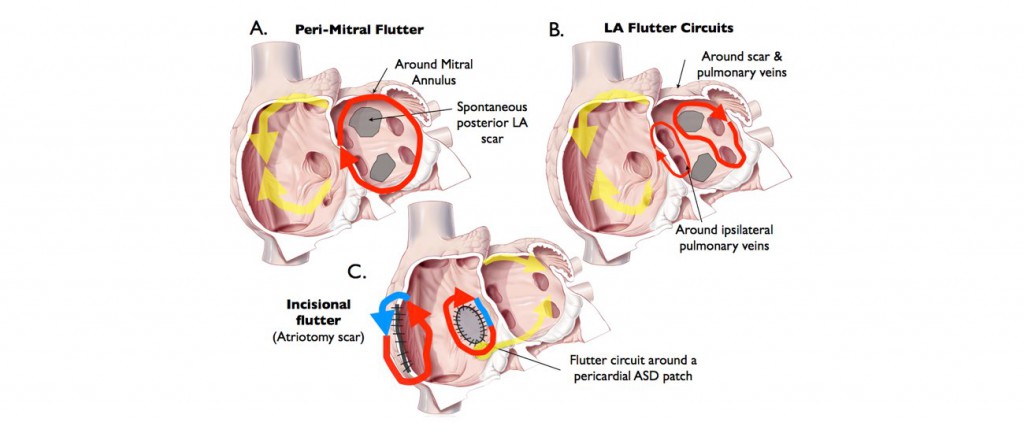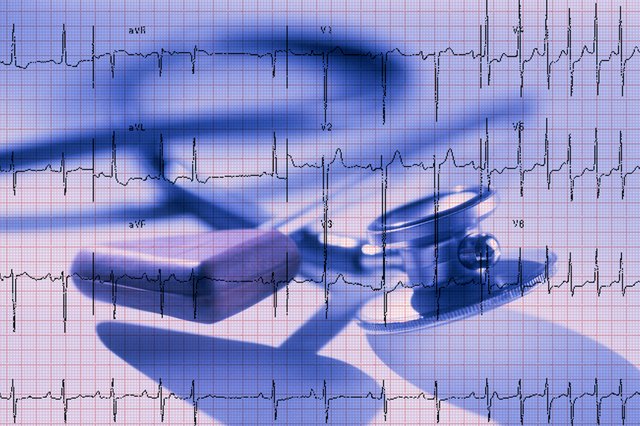


This image shows how ablation is performed along the cavo-triscupid isthmus between the valve and the inferior vena cava to interrupt the atrial flutter short circuit and stop it from coming back.Ībove is an example of an electroanatomic map from a patient who has 'atypical atrial flutter'. On the right is a side on view of the same procedure. The white arrow shows the path of electrical activity in atrial flutter going anti-clockwise around the tricuspid valve (the valve between the atrium and the ventricle on the right side of the heart). The image on the left shows the atria face on with a 20-pole electrophysiology catheter placed around the right atrium to identify the electrical activation. The image above shows two X-ray views of the heart in a patient undergoing an atrial flutter ablation (LAO and RAO X-ray views). Electrical activity during atrial fibrillation (AF) is shown in green (see the section on AF). Atrial flutter is treated by cauterising a line from the tricuspid valve back to the inferior vena cava (IVC) to interrupt the circuit. Here electrical activity travels continuously around the tricuspid annulus/valve within the right atrium. The short circuit that causes atrial flutter is shown in blue.

The hearts normal electrical system is shown in yellow. This includes keeping active (≥30 minutes of exercise a day), maintaining a healthy weight, a healthy blood pressure (≤130/80mmHg), not smoking, not drinking alcohol excessively (≤2 standard drinks on ≤5 days a week) and treating obstructive sleep apnoea (if applicable).įor more reading about atrial flutter you can visit The diagram above shows a normal heart with four chambers (right and left atria at the top and right and left ventricles at the bottom). In general if complications do occur they will be identified at the time of the procedure and treated accordingly.įollowing an ablation for atrial flutter it is important to continue to maintain good cardiovascular health to reduce the chances of developing other heart rhythms problems (such as atrial fibrillation or AF) in to the future. The risks with an atrial flutter ablation can include a 1:1000 risk of a potentially serious complication such as a heart attack or stroke, a 1:500 risk of bleeding around the heart requiring drainage (a needle passed below the rib cage to drain blood) and the risk of requiring a permanent pacemaker is 1:600.

A short ablation line is created between the tricuspid valve and the inferior vena cava on the right side of the heart to interrupt this circuit (shown in the second picture below). An Atrial Flutter AblationĪn atrial flutter ablation will generally take around 1 hour and patients can either be given ‘twilight sedation’ to keep them comfortable or a general anaesthetic. Some patients may have both atrial flutter and a related rhythm called atrial fibrillation (AF) at different times (see the section on 'Atrial Fibrillation'). This is because the success rates with atrial flutter ablation are ≥95% with a single procedure (substantially more effective than medications). In patients with symptoms from atrial flutter an ablation procedure is considered first line treatment. For this reason an anticoagulant or ‘blood thinner’ is often recommended to reduce the risk of blood clots and stroke. In atrial flutter the top chambers of the heart beat so quickly that they do not effectively pump blood and blood clots can develop. Symptoms and TreatmentĪtrial flutter may cause a persons heart rate to be increased (tachycardia) and can lead to symptoms such as palpitations (the sometimes unpleasant awareness of a persons heart beat), shortness of breath, dizziness, chest pain or sometimes lethargy. This causes the atria (the hearts upper chambers) to beat at around 300 beats per minute and commonly every second impulse travels down to the ventricles to cause a heart rate of 150 beats per minute (medications may be used to slow these heart rates down). Atrial flutter is a short circuit where electrical activity travels in a continuous loop around the tricuspid valve/annulus on the right hand side of the heart.


 0 kommentar(er)
0 kommentar(er)
